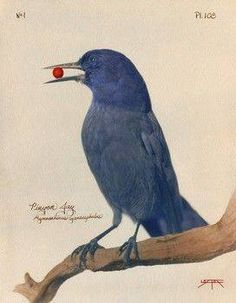Bird populations in New Mexico are failing to take off — in fact, they’re nosediving. A study conducted by scientists at the Los Alamos National Labs (LANL) found that piñon pine trees are dying in growing numbers, which is having adverse effects on wildlife in the area — especially birds. The study, conducted by Jeanne Fair and Charles Hathcock, concluded that “piñon mortality may be a significant threat to bird communities in the southwestern U.S.” It also stated that piñon-juniper woodlands, in which piñon trees thrive, may disappear completely by the year 2100, according to a LANL press release.
Piñon pines are the state tree of New Mexico and are found throughout the Southwest. “It’s really quite disturbing,” said Jonathan Hayes, vice president and executive director of Audubon New Mexico, a nature sanctuary in Santa Fe. “The Pajarito Plateau is named that for its bird abundance, so it’s really ironic that we’re seeing huge bird decline in that area.”
One species of birds afflicted by the decline is the pinyon jay (Gymnorhinus cyanocephalus). The bird nests in piñon-juniper woodlands, and has seen a significant loss of habitat as the trees continue to die. No pinyon jays were found at any of the study sites in the LANL study. However, the decline in piñon-juniper bird species is not excluded to the pinyon jay. New Mexico Avian Conservation Partners ranks birds species in New Mexico by their vulnerability, and seven piñon-juniper bird species appear on the list. They include the pinyon jay, juniper titmouse (Baeolophus ridgwayi), woodhouse’s scrub-jay (Aphelocoma woodhouseii), black-throated gray warbler (Setophaga nigrescens), gray vireo (Vireo vicinior) and the mountain chickadee (Poecile gambeli).
Source: Daily Lobo, August 23, 2018
http://www.dailylobo.com/article/2018/08/birds-trees-dying-in-new-mexico

- Login om te reageren
